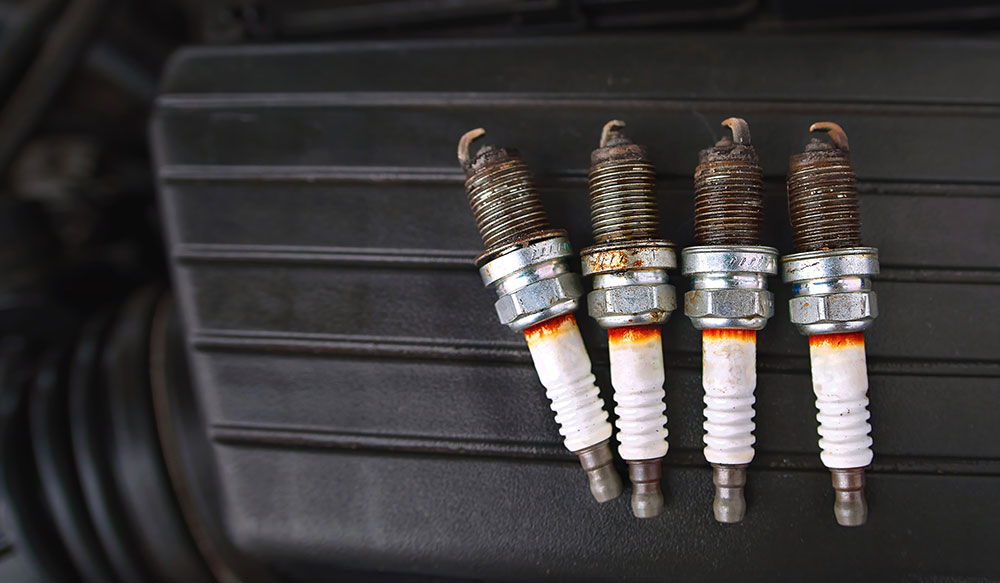The spark plug is a small but essential component of an engine. When functioning correctly, it provides the spark that ignites the air-fuel mixture in the combustion chamber. However, over time, spark plugs can wear out or become contaminated, leading to a range of engine issues. By understanding the signs and symptoms of bad or failing spark plugs, technicians can address problems before they escalate.
Rough Engine Idle:
A rough or inconsistent engine idle can indicate spark plugs that are not firing consistently. This may cause the engine to vibrate or produce a rattling sound.
Engine Misfire:
When a spark plug fails to ignite the air-fuel mixture correctly, it can cause the engine to misfire. This is often felt as a sudden jolt or hesitation during acceleration.
Decreased Fuel Efficiency:
Worn or dirty spark plugs might not burn fuel efficiently, leading to increased fuel consumption.
Difficulty Starting the Engine:
If the engine doesn’t start quickly or requires multiple attempts, it could be due to deteriorating spark plugs.
Engine Surging:
This symptom refers to the engine delivering inconsistent power, which can lead to the vehicle jerking or surging forward. It can result from malfunctioning spark plugs.
Reduced Acceleration:
A noticeable reduction in the vehicle’s acceleration can signal that the spark plugs aren’t igniting the fuel mixture effectively.
Regular Inspection is Key:
To prevent these issues, it’s essential for technicians to inspect spark plugs during routine maintenance checks. Any signs of wear, deposits, or a widening gap between electrodes should prompt a replacement.
Recognizing the symptoms of bad or failing spark plugs is crucial in maintaining an engine’s efficiency and lifespan. Timely intervention by technicians can prevent more severe engine problems and ensure smooth vehicular performance.

















